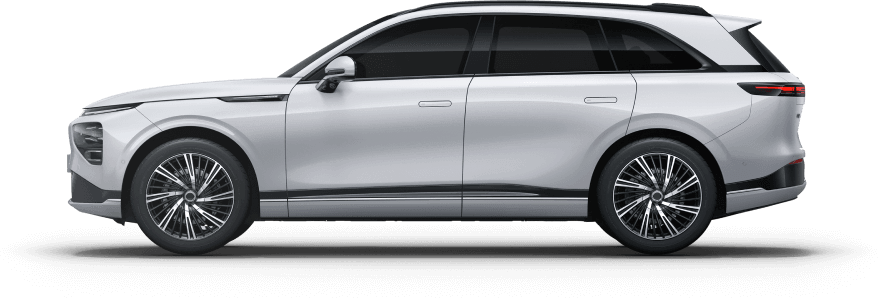Release Date : 2025-10-11
In 2024, sales of range-extended electric vehicles surged by 89.1% year-on-year, far outpacing the growth rates of pure electric and plug-in hybrid models. Brands such as Li Auto, AITO, and Leapmotor saw explosive sales growth driven by their range-extended vehicles, while even traditional automakers like BMW and Ford announced plans to enter the range-extended market.
Not long ago, extended-range technology was publicly dismissed by Volkswagen China's CEO as an ‘outdated’ solution, deeming the practice of generating electricity by burning fuel to power electric vehicles a “poor” carbon emissions approach. Today, the same technology is hailed as the ‘ultimate form of pure electric hybridisation’.
01 User Experience Reigns Supreme: The End of Range Anxiety
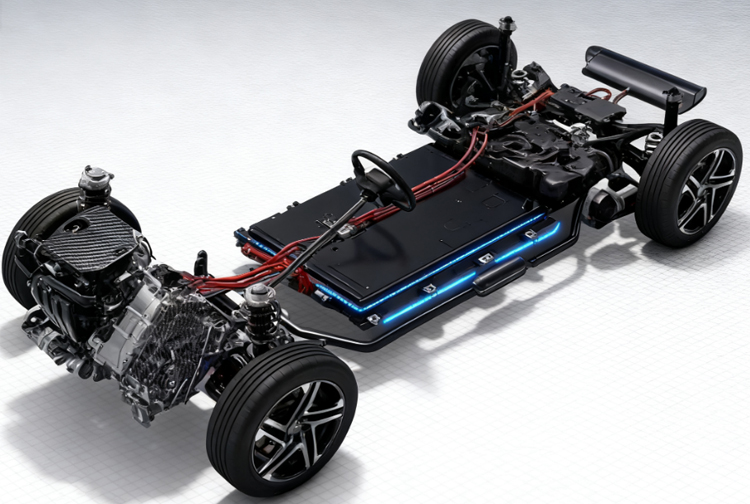
The advantages of range-extended vehicles are clear. They combine the smoothness and quietness of pure electric driving with the range assurance provided by the generator, reducing dependence on charging infrastructure.
The most intuitive appeal is that range-extender models are primarily chosen because ‘once the battery runs out, the generator provides a safety net for range.’ This ‘electric for city driving, petrol for long journeys’ solution precisely addresses user pain points.
Many range-extender users report that 90% of their trips are powered purely by electricity, with petrol only needed for long-distance driving. This all-scenario coverage capability has become the core competitive advantage of range-extender technology.
02 Large Batteries + High-Voltage Platforms: Overcoming Technical Barriers
The key to extended-range vehicles' resurgence lies in breakthroughs in battery technology. In 2025, CATL launched its ‘Xiaoyao Battery’ with over 400 kilometres of pure electric range, while IM Motors unveiled a super extended-range system achieving 450 kilometres of CLTC pure electric range.
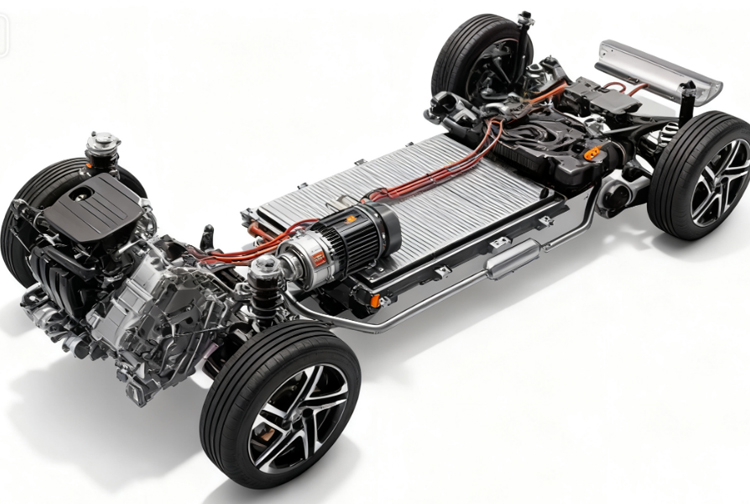
What does this signify? For daily commutes exceeding 30 kilometres round trip, a single charge can meet nearly two weeks' worth of travel needs. The pure-electric range of range-extended vehicles now surpasses most entry-level pure-electric models, delivering an experience that approaches pure-electric driving in daily use.
The widespread adoption of 800V high-voltage platforms further unlocks the potential of large batteries, elevating charging efficiency to match that of traditional high-end pure-electric vehicles. Charging is no longer a lengthy process, and refuelling offers an alternative top-up option – this flexibility aligns perfectly with user preferences.
03 Dual Drivers: Cost and Policy
Extended-range vehicles boast hardware costs $714–1,142 lower per unit than plug-in hybrids. For manufacturers, this translates to greater profit margins or enhanced pricing competitiveness.
Ye Shengji, Chief Engineer of the China Association of Automobile Manufacturers, urges the government to ‘further clarify the pure-electric drive attributes of extended-range electric vehicles,’ advocating for equal policy benefits to pure electric vehicles. The advantages of policy support are evident.
04 Simplicity as an Advantage?
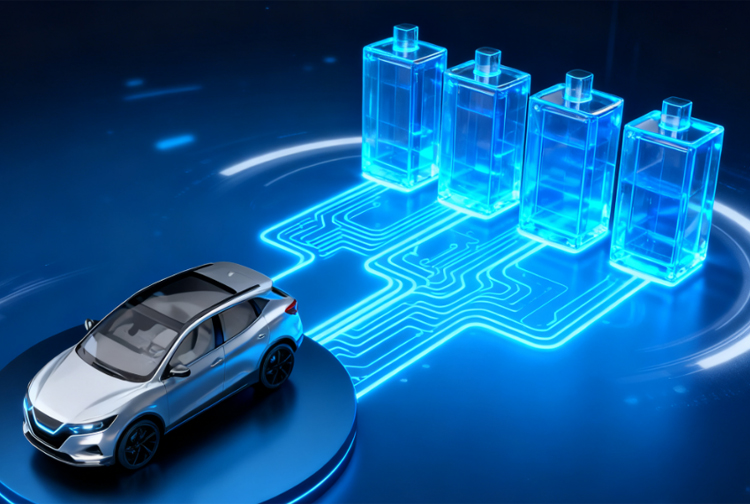
Extended-range vehicles employ a ‘series configuration’ (engine generates electricity, motor provides propulsion), eliminating the need for multi-speed transmissions and complex powertrain coupling systems. This reduces potential failure points by 60%. The Li Auto L9 (Image | Specifications | Enquiry) boasts maintenance costs 40% lower than comparable petrol vehicles, with service intervals shortened by 30%.
By contrast, plug-in hybrids' multi-speed DHT transmissions suffer an 8% failure rate with costly repairs. Technical complexity has become a liability for PHEVs.
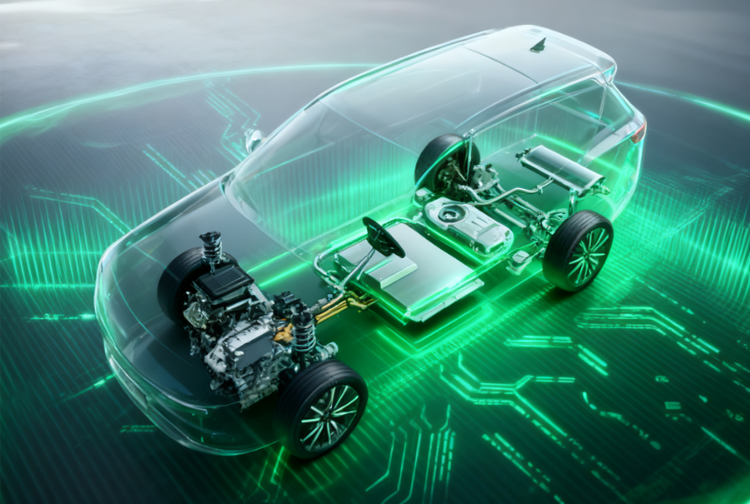
Conclusion:
The success of range-extended vehicles proves one thing: there is no such thing as obsolete technology, only technology that fails to meet market demand. BMW halted development of the i3 REx in 2014, anticipating rapid charging infrastructure expansion. A decade later, confronted with China's million-unit annual sales of range-extended models, it announced plans for an X5 range-extended variant.
With the proliferation of 800V high-voltage platforms and enhanced battery energy density, range-extended vehicles are evolving into ‘pure electric under normal conditions, with fuel capability when needed’. This flexibility precisely meets contemporary consumer demands.





.jpg)
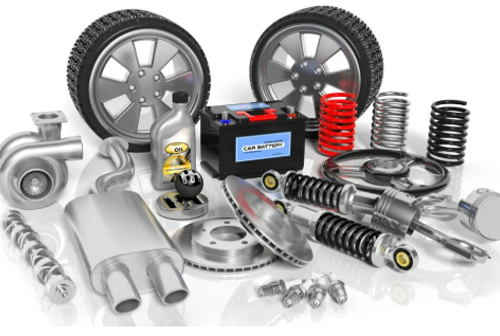
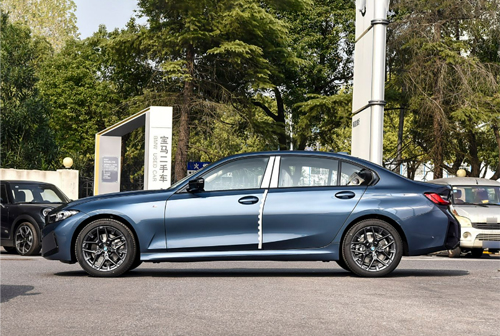
.jpg)
.jpg)
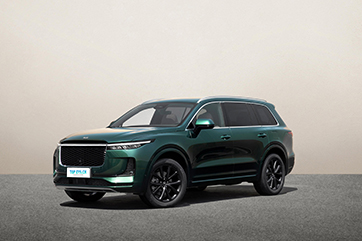
.jpg)
